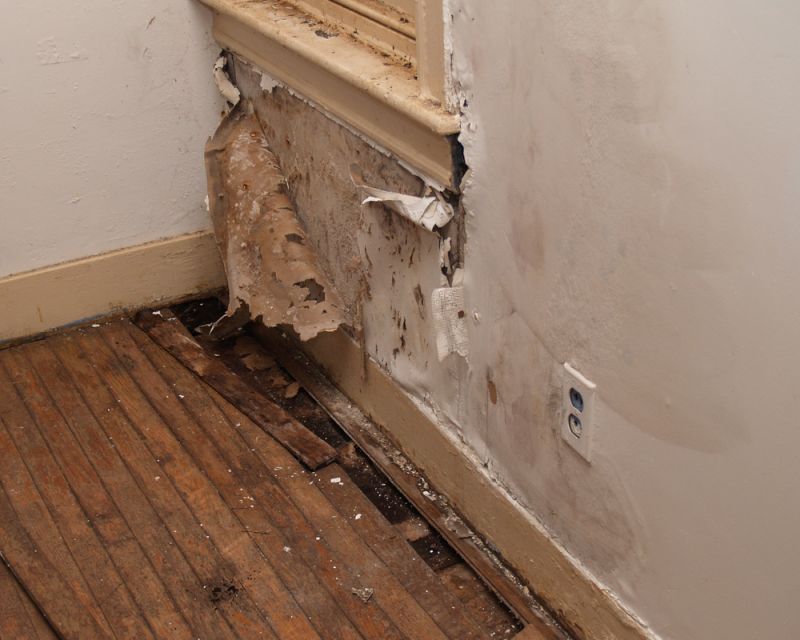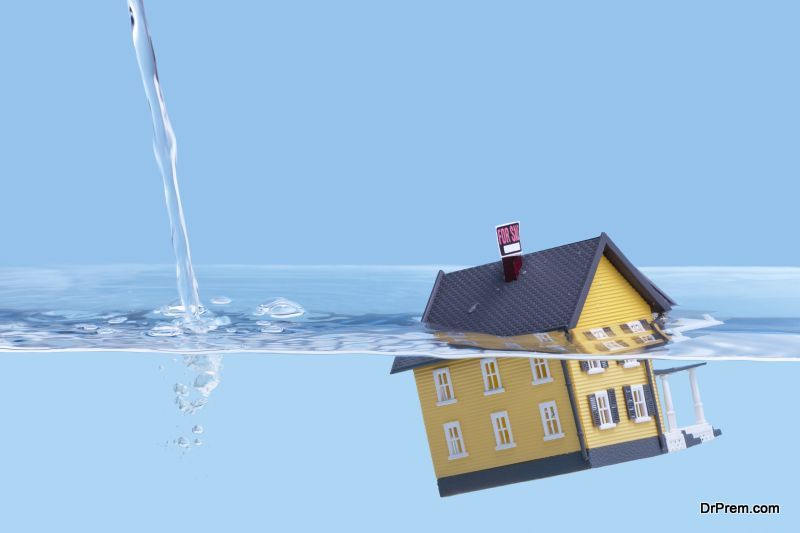The only places water should be in your home for long periods of time are inside a water heater and in the plumbing system. If it is in any other place in your home, it has the potential to cause a lot of damage. Not only can it destroy your personal belongings, it can destroy the structure of your home, too.
The quicker you are able to act to begin the process of water removal, the less damage your home will incur. However, this will depend on how long the water has been in the property, or if there is any furniture that can be salvaged, and if any electronics have water damage. Unfortunately, any carpets and electronics that have encountered the water are likely damaged.
Always treat flood water that is in an unwanted area of your home as an emergency. It does not matter if your basement is under several inches of water or it is only damp, any presence of moisture provides an excellent breeding ground for mold and mildew. Mold growth not only damages furniture, walls, carpet and clothing, it can also cause poor air quality in the home. In addition to contacting your home insurance company, there are some tips you can use to deal with flood damage in your home.
Disconnect the Power

The very first thing that you need to do once you have identified a flooded area in your home is to disconnect the electricity. The quicker you are able to get items like electronics and furniture out that affected the area, the better chance you have of salvaging them. Remove electrical items after the power has been disconnected and items have been unplugged. You will also need to pull up the carpet if it has gotten wet.
Remove the Water
After taking all the movable objects out of the affected area, you will want to start removing the water. There are a few different ways to remove the water, but if you disconnected your power, you must remove using buckets, mops and towels as well. If the sewers are not backed up, you can pour the water down the drain. If they are, you can pour the water onto your lawn. A wet/dry vac can also be used. Be sure it is plugged in outside of the flooded area.
Dry and Disinfect

Allow the area to completely dry before you begin sanitizing and disinfecting. Dehumidifiers and fans can be used to dry the area. Open the windows to allow outside air to circulate inside of the home. Once every part of the room has dried out, use disinfectant to clean the area. An industrial grade disinfectant would be best if available, but any disinfectant will help to kill bacteria and mold spores that may have started growing.
If you ever find yourself in a situation where flood damage has occurred in your home, use aforementioned steps before calling a professional water removal service to minimize damage to your home and property.
Article Submitted By Community Writer




